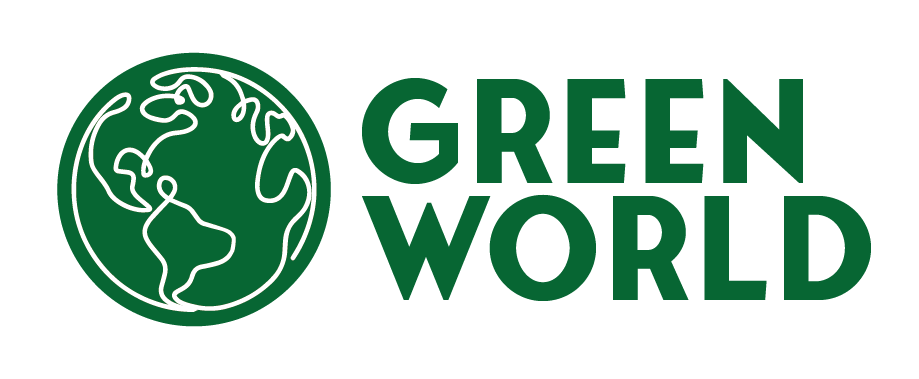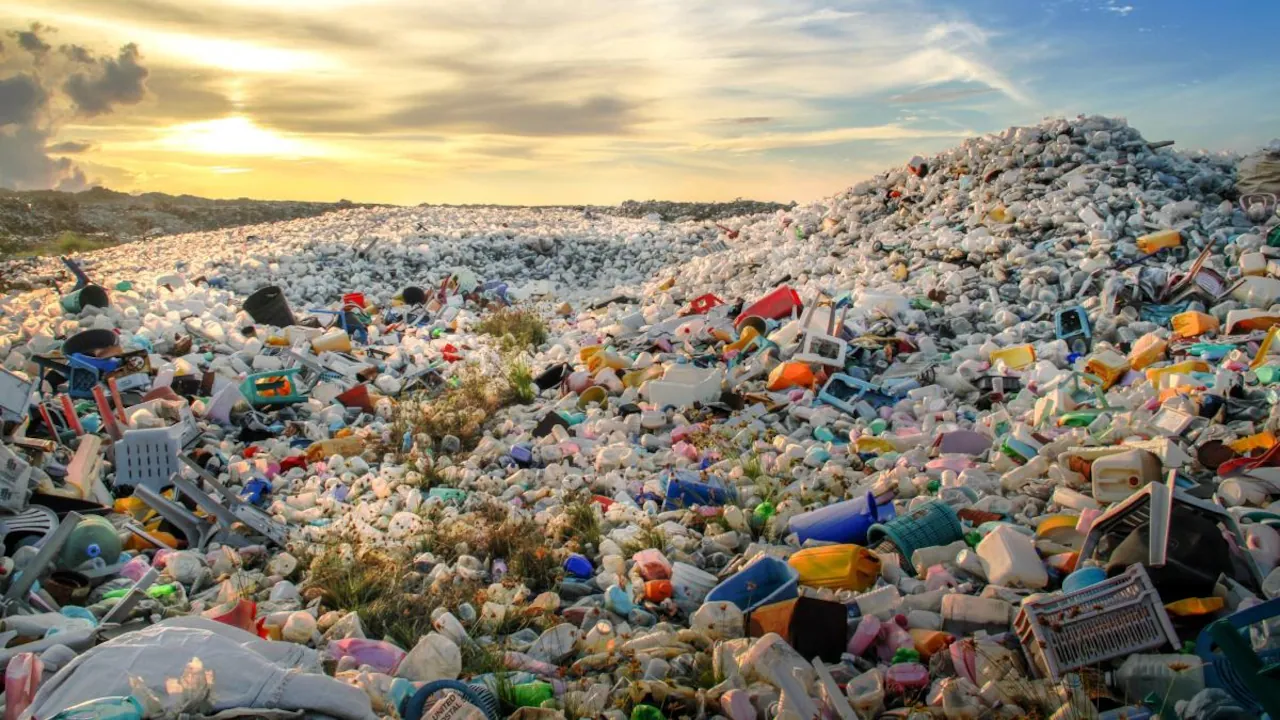The Future of Plastics in Southeast and East Asia
The Regional Plastics Outlook for Southeast and East Asia highlights the dramatic growth in plastics use within the ASEAN Plus Three (APT) region. The area, home to a third of the world’s GDP, has seen plastics use skyrocket from 17 million tonnes (Mt) in 1990 to 152 Mt in 2022. The report’s Baseline scenario projects this figure will reach an astonishing 280 Mt by 2050. This growth is largely fueled by a projected average annual GDP growth of 2.4%, with ASEAN nations experiencing faster growth than the “Plus Three” countries of Japan, Korea, and China. This economic expansion, paired with a 30% population increase, is the primary driver of this trend.
Sectoral Breakdown of Plastics Use and Waste
- Packaging Sector: Packaging remains the dominant application for plastics in the APT region. While China’s massive economy dictates overall trends, ambitious policies outlined in the High Stringency scenario could lead to a significant reduction. This scenario projects a 23.5 Mt decrease in plastics used for packaging, underscoring the sector’s potential to drive change.
- Transportation Sector: The transportation sector is poised for the most rapid growth in plastics use by 2050 under current policies. However, the High Stringency scenario projects a substantial reduction of 14.7 Mt, excluding tyres. Lower and middle-income ASEAN countries are expected to contribute the highest proportion of this reduction. This highlights how targeted policies can counteract the increased demand for vehicles driven by the region’s rapid economic and population growth.
- Construction Sector: Plastics are integral to the construction industry, accounting for 35% of plastics use in Japan and 31% in Korea. Like other sectors, the construction industry would see a major shift under ambitious policies. The High Stringency scenario forecasts a 16.3 Mt reduction in plastics for building and construction materials, with China’s economy again playing a pivotal role in shaping these trends.
Tackling the Waste Challenge
The report also sheds light on the region’s critical plastic waste management challenges. Under current policies, plastic waste generation is projected to more than double by 2050. A significant concern is that most APT countries mismanage more plastic waste than they recycle. The share of mismanaged plastic waste is particularly high in lower-middle-income ASEAN countries at 70%, compared to 37% in high and upper-middle-income ASEAN nations. The High Stringency scenario, however, offers a solution, projecting a massive increase in recycling rates and the near elimination of mismanaged plastic waste. While the overall costs of these policies are considered modest, they require significant investment in waste management infrastructure, particularly in the lower-middle-income countries of the region.



